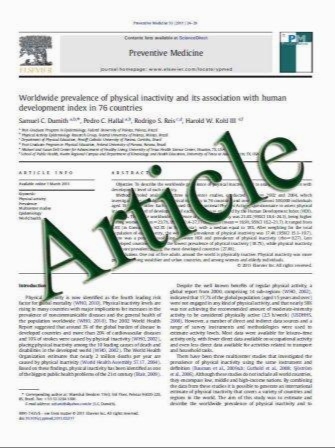Metal-on-metal hip resurfacings—a radiological perspective
- نوع فایل : کتاب
- زبان : انگلیسی
- مؤلف : Zhongbo Chen & Hemant Pandit & Adrian Taylor & Harinderjit Gill & David Murray & Simon Ostlere
- چاپ و سال / کشور: 2010
Description
It is important to be aware of the various complications related to resurfacing arthroplasty of the hip (RSA) and the spectrum of findings that may be encountered on imaging. The bone conserving metal-on-metal (MOM) hip resurfacing has become increasingly popular over the last ten years, especially in young and active patients. Initial reports have been encouraging, but longterm outcome is still unknown. Early post operative complications are rare and have been well documented in the literature. Medium and long term complications are less well understood. A rare but important problem seen at this stage is the appearance of a cystic or solid periarticular reactive mass, which occurs predominately in women and usually affects both hips when seen in patients with bilateral RSAs. The following imaging findings are illustrated and their significance discussed; Uncomplicated hip resurfacing arthroplasty, radiolucency around the femoral peg, femoral neck fracture, loosening and infection, suboptimal component position, femoral notching, dislocation, heterotopic ossification, femoral neck thinning and reactive masses. The radiologist should be aware of the normal radiographic appearances and the variety of complications that may occur following RSA and should recommend ultrasound or MRI in patients with an unexplained symptomatic hip and normal radiographs.
Eur Radiol (2011) 21:485–491 DOI 10.1007/s00330-010-1946-9 Received: 22 March 2010 / Revised: 10 June 2010 / Accepted: 26 July 2010 / Published online: 15 September 2010


